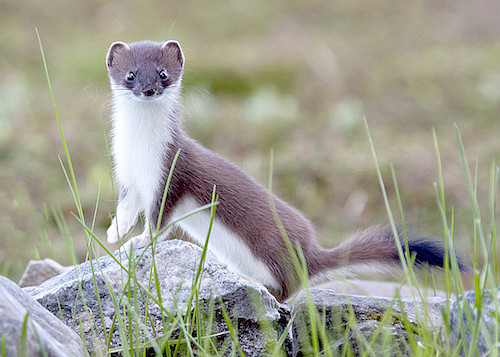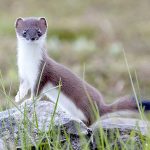

Stoat eradication begins

The first 400 traps in the Orkney Native Wildlife (ONWP) stoat eradication project will be laid in South Ronaldsay and Burray beginning this week.
According to the team, the traps meet all legal requirements and its skilled trapping team will be laying them across the linked Isles for remainder of August to begin the world’s largest stoat eradication programme here in Orkney.
“We urge anyone, whether visitor or resident, that sees one of our traps to leave them in place and to take care around them. Please feel free to contact us with any questions by phoning 01856 881451,” said those involved.
A spokesperson for the project went on to say: “A huge thanks to all the landowners who have helped us by agreeing the essential land access we need to get started. With their support together we can protect Orkney’s unique wildlife for future generations.”
The traps will be laid around 250 metres apart in preferred stoat habitat, which may include some road verges. They will be checked regularly by the project staff.
The Orkney Native Wildlife Project is a partnership between Orkney Islands Council, Scottish Natural Heritage (SNH) and RSPB Scotland. Following three years of development generous support for the project has been provided by, the Heritage Lottery Fund and EU Life, providing a combined grant of £6.1 million for the duration of the five-year project.
Stoats are native to the UK Mainland but not to Orkney, where they were first recorded in 2010. Since then the population has increased rapidly and is now fully established and widely-distributed throughout Mainland Orkney, Burray and South Ronaldsay. Those involved said that they are grateful for any sightings of stoats which can be reported via the Stoats in Orkney Facebook page giving a map grid reference.
Stoats pose a very serious threat to Orkney’s native wildlife particularly the Orkney vole, hen harrier, short-eared owl and other ground nesting birds such as red-throated divers, Arctic terns and curlews for which Orkney is internationally important and upon which Orkney’s thriving wildlife tourism industry relies.
Keep up to date with the blog ‘Stoat Snippets’, the Orkney Native Wildlife Project Facebook page at www.facebook.com/OrkneyNativeWildlifeProject or visit www.ONWP.org